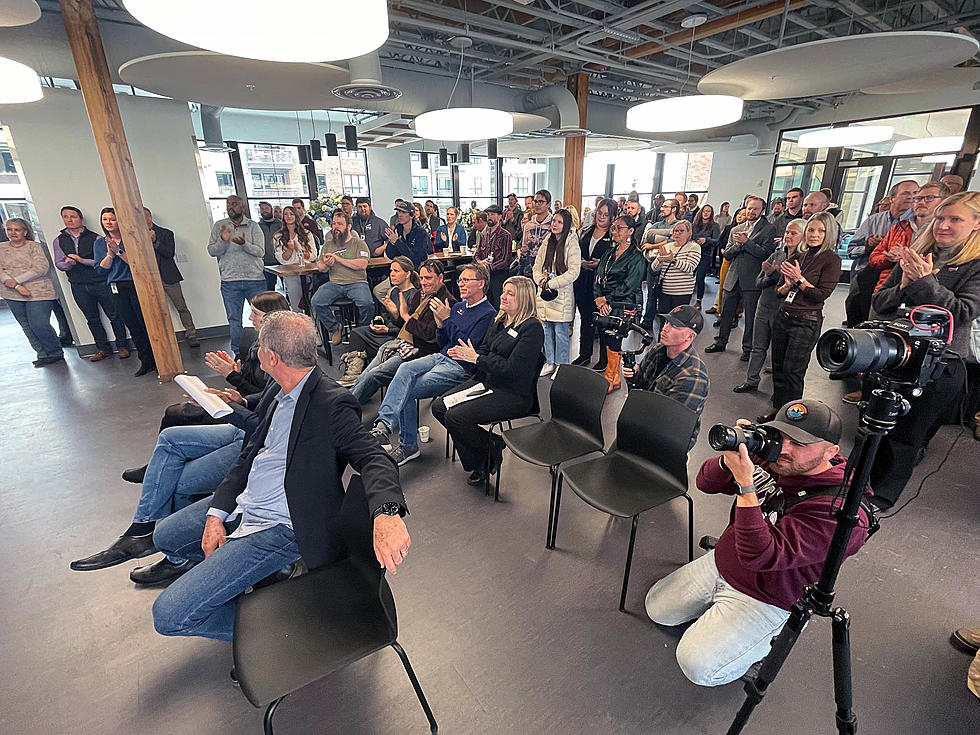
Jobs report reveals cracks spreading in labor market
Nick Rummell
MANHATTAN (CN) — The U.S. economy added a measly 22,000 jobs last month, well under the 75,000 expected by forecasters, while revisions brought the previous two jobs reports down even further.
The unemployment rate inched up again to hit 4.3%, according to the August employment situation summary by the Bureau of Labor Statistics. While the jobless rate is in line with expectations it continues the trend of the last few months.
Revisions to the two previous reports showed an additional 21,000 jobs lost — July’s jobs report was revised up by 6,000 jobs, but June’s was revised down by an additional 27,000 jobs. The total leaves June’s jobs report as a negative due to previous revisions.
Experts reacted with shock. Bradley Saunders, North America economist at Capital Economics, wrote in an investor’s note the jobs report “confirmed that the labor market has headed off a cliff edge.”
The few bright spots in the report were in the health care and social assistance industries, which gained 31,000 and 16,000 positions respectively. Manufacturing continued to lose jobs, with 12,000 positions disappearing last month.
Even before the report was released, economists were rattled. Prior to the release, BLS noted that “data retrieval tools are currently not available” and that the agency was experiencing “technical difficulties” in compiling its jobs report.
During an interview on Bloomberg 10 minutes prior to the jobs report release, U.S. Commerce Secretary Steve Lutnick said “bent, former administration people” were responsible for inaccurate numbers from the agency and technical issues.
The accuracy of the jobs report was a huge question mark after President Donald Trump fired previous BLS Commissioner Erika McEntarfer hours after July’s dismal numbers came out. The president claimed without evidence that the agency’s downward revisions were politically motivated. BLS has made significant changes to jobs reports ever since the Covid pandemic, which experts say is due to changing data collection methods.
Earlier in the week, the jobs report from payroll company ADP, which tracks private sector employment, also came in lower than expected. The U.S. economy added 54,000 jobs last month compared with the 75,000 jobs most analysts had predicted.
About 80% of the gains came from service-providing employers, while manufacturers added only 13,000 positions. States in the Northeast and Midwest accounted for 30,000 of the total, while job gains were relatively split evenly among small, medium and large businesses.
“The year started with strong job growth, but that momentum has been whipsawed by uncertainty,” said Nela Richardson, ADP’s chief economist. “A variety of things could explain the hiring slowdown, including labor shortages, skittish consumers and AI disruptions.”
The change in annual pay remained steady, according to ADP, with those leaving their jobs gaining slightly with a 7.1% change in pay and those staying at their jobs holding at a 4.4% change in wages.
Equally troubling, job openings fell to one of the lowest levels since the pandemic, continuing the recent downward trend. Just under 7.2 million job listings were posted in July, according to the August JOLTS report — which tracks job openings, quits and other separations and is a month behind other employment reports — about 200,000 less than forecast.
Further, job openings for June were revised down by an additional 80,000, while the total separations were revised up by 281,000 and the number of hires was revised up by 63,000 during that month.
“The weakening demand for labor signaled by the decline in job openings is less worrisome than it would be otherwise since the supply of labor is also shrinking, due in a large part to a plunge in immigration,” Nancy Vanden Houten, lead U.S. economist at Oxford Economics, wrote in an investor’s note.
“Still, it suggests [the] labor market is more vulnerable to a more severe weakening if layoffs start to increase, leasing to a negative cycle of reduced spending, further job losses, and a more significant rise in the unemployment rate,” she said.
